In The News:
'It's so complicated:' Boeing Starliner teams diagnosing helium leak ahead of June 1 astronaut launch...
Starliner is still set to fly on its historic first flight with astronauts on June 1, but that could change as the team works through "complicated" issues following a small helium leak.
NASA and Boeing officials emphasized they are carefully weighing the decision to launch Starliner 's first test mission with astronauts to the International Space Station (ISS). The approximately one-week mission is known as Crew Flight Test (CFT) and includes NASA astronauts Butch Wilmore and Suni Williams , both former U.S. Navy test pilots.
"It's so complicated. There's so many things going on. We really just needed to work through it as a team," Ken Bowersox, associate administrator for NASA's Space Operations Mission Directorate and a former astronaut, told reporters in a teleconference Friday (May 24). He added that addressing the issues have taken a lot of time, which is part of why few updates have been forthcoming from the team in recent weeks.
Source: See here
Watch Rocket Lab launch a NASA climate change cubesat early on May 25 | Space
Rocket Lab will launch a small NASA Earth-observation satellite early Saturday morning (May 25), and you can watch the action live.
An Electron launcher is scheduled to lift off from Rocket Lab 's New Zealand site Saturday during an hour-long window that opens at 3:15 a.m. EDT (0715 GMT; 7:15 p.m. local New Zealand time). It will carry to orbit the first of two cubesats for NASA's PREFIRE (Polar Radiant Energy in the Far-InfraRed Experiment) climate-studying mission.
You can watch the launch live courtesy of Rocket Lab , and Space.com will air the company's stream if, as expected, it is made available. Coverage will begin 30 minutes before the window opens.
Read more: See here
#news
NASA's mission to the metal-rich asteroid 16 Psyche has fired up its ion engines and is now cruising across the solar system under the power of solar-electric propulsion.
The launch of the spacecraft, which is also called Psyche , on October 13, 2023 gave it enough of an initial boost to take it across more than 190 million miles (300 million kilometers) of space, which is beyond the orbit of Mars .
Now, however, its onboard ion engines have taken over the job of acceleration. They work by converting sunlight into electricity via the spacecraft's solar arrays that form its "wings." The resulting electrical current powers an electromagnetic field that accelerates and expels ions, which are charged particles, of xenon gas. As the ions are accelerated out of the four thrusters, creating an eerie blue glow, they impart a momentum upon the spacecraft, pushing it in the opposite direction.
The force exerted by expelled ions is small; each thruster provides a pressure equivalent to three coins pressing into your hand due to the force of gravity . However, with no atmospheric friction in space , this gentle thrust can build up, quickly accumulating to accelerate the spacecraft at higher and higher rates. Psyche is currently racing through space at 84,000 miles (135,000 kilometers) per hour, and the intention is to get it up to 124,000 miles (200,000 kilometers) per hour.
The spacecraft's ion engines are currently firing almost constantly and taking it forward, but as part of Psyche's journey to its eponymous asteroid, it will loop back around and encounter Mars in May 2026. On approaching the Red Planet, Psyche will shut down its ion engines and allow itself to get caught in Martian gravity and be slingshot around the planet.
After this gravity assist, the ion engines will power back up and the spacecraft's next stop will be the asteroid 16 Psyche in 2029, which it will orbit for at least two years. The asteroid 16 Psyche is of interest to scientists because it is a large, 173-mile-wide (280-kilometer-wide) fragment of an ancient planet's metallic core that was left over from our solar system's period of planet formation, about 4.5 billion years ago. By learning about 16 Psyche, planetary scientists hope to discover more about the interiors of rocky planets like Earth , as well as how these worlds formed.
 Source: See here
Source: See here

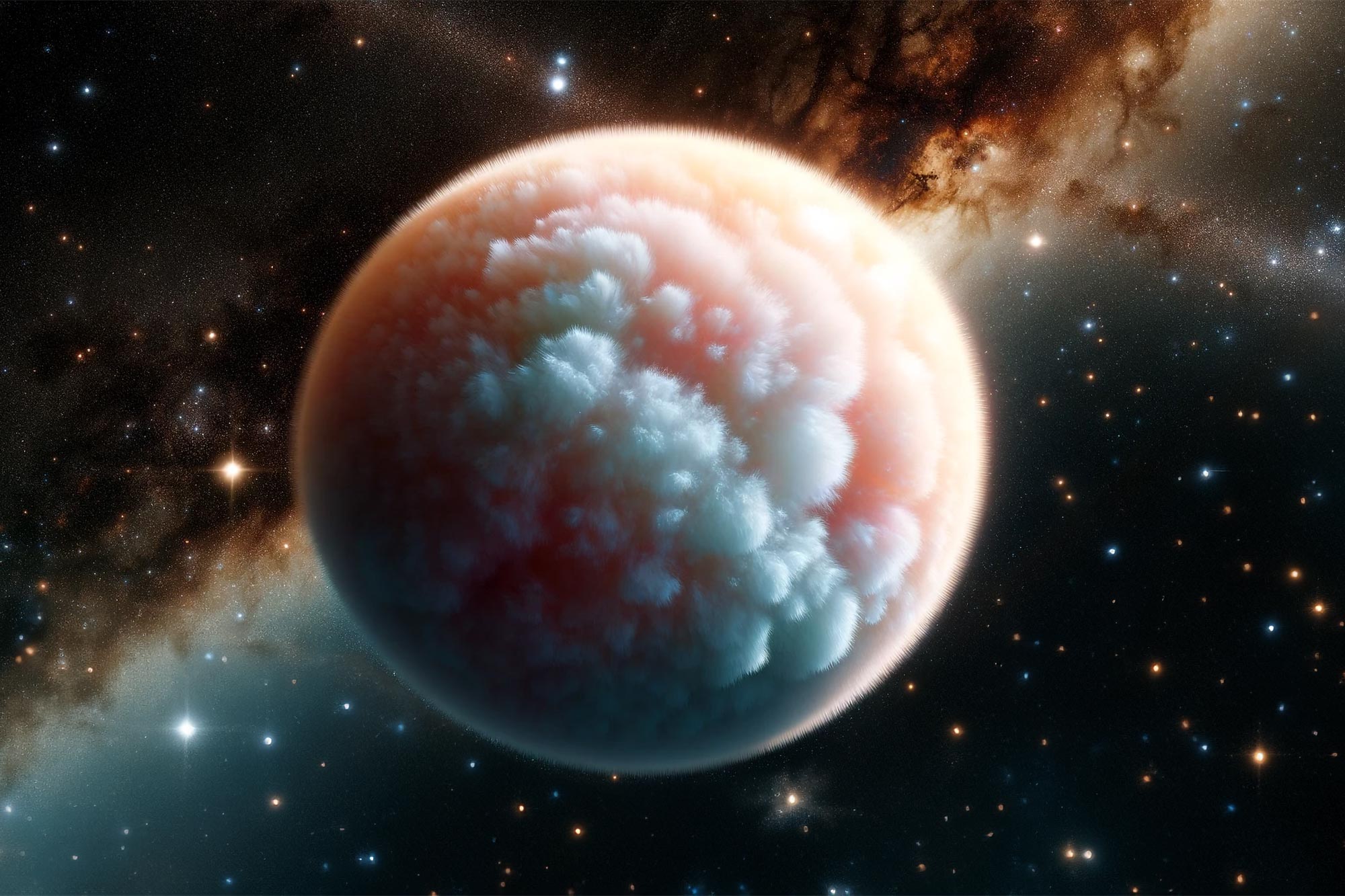




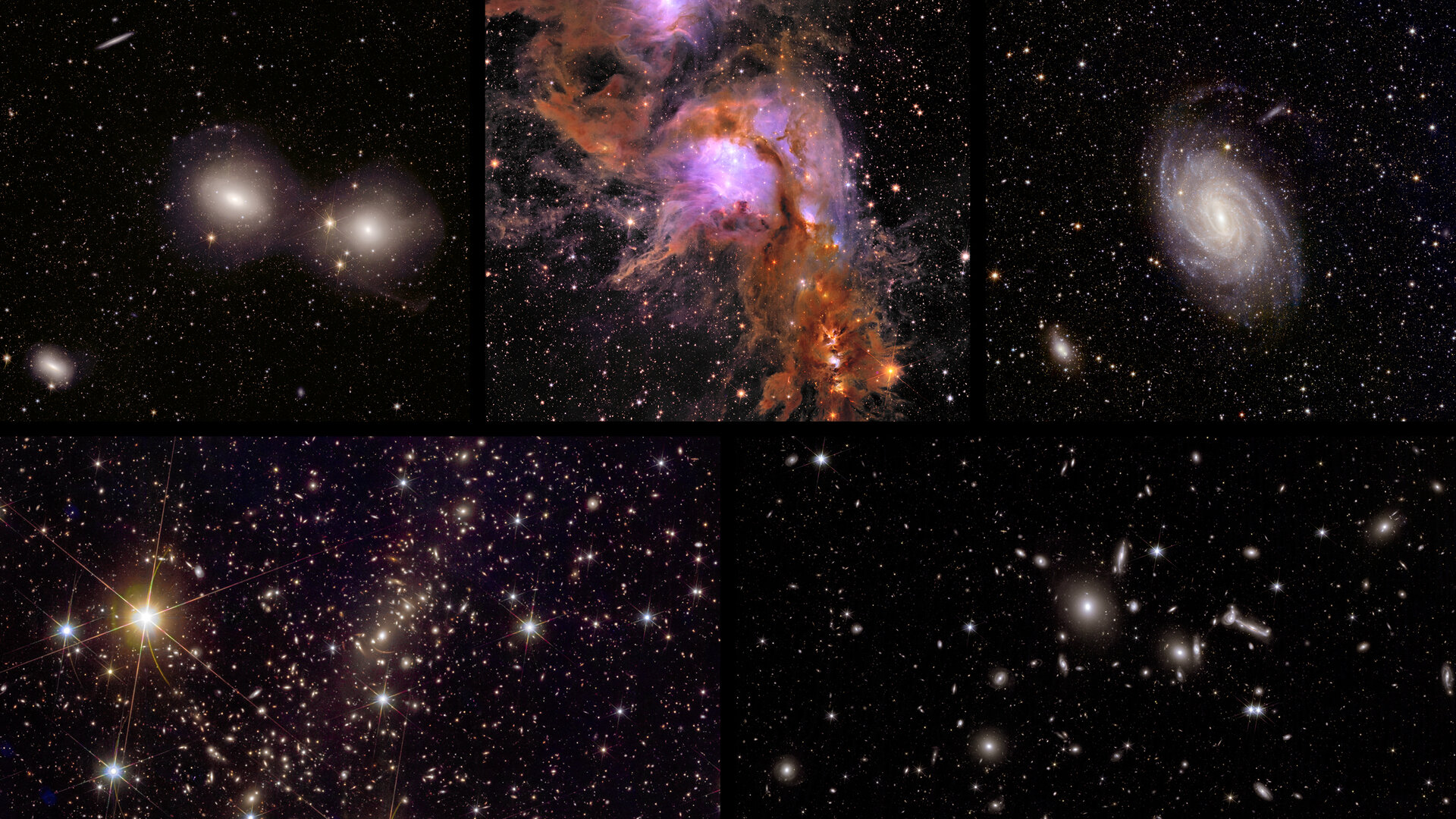
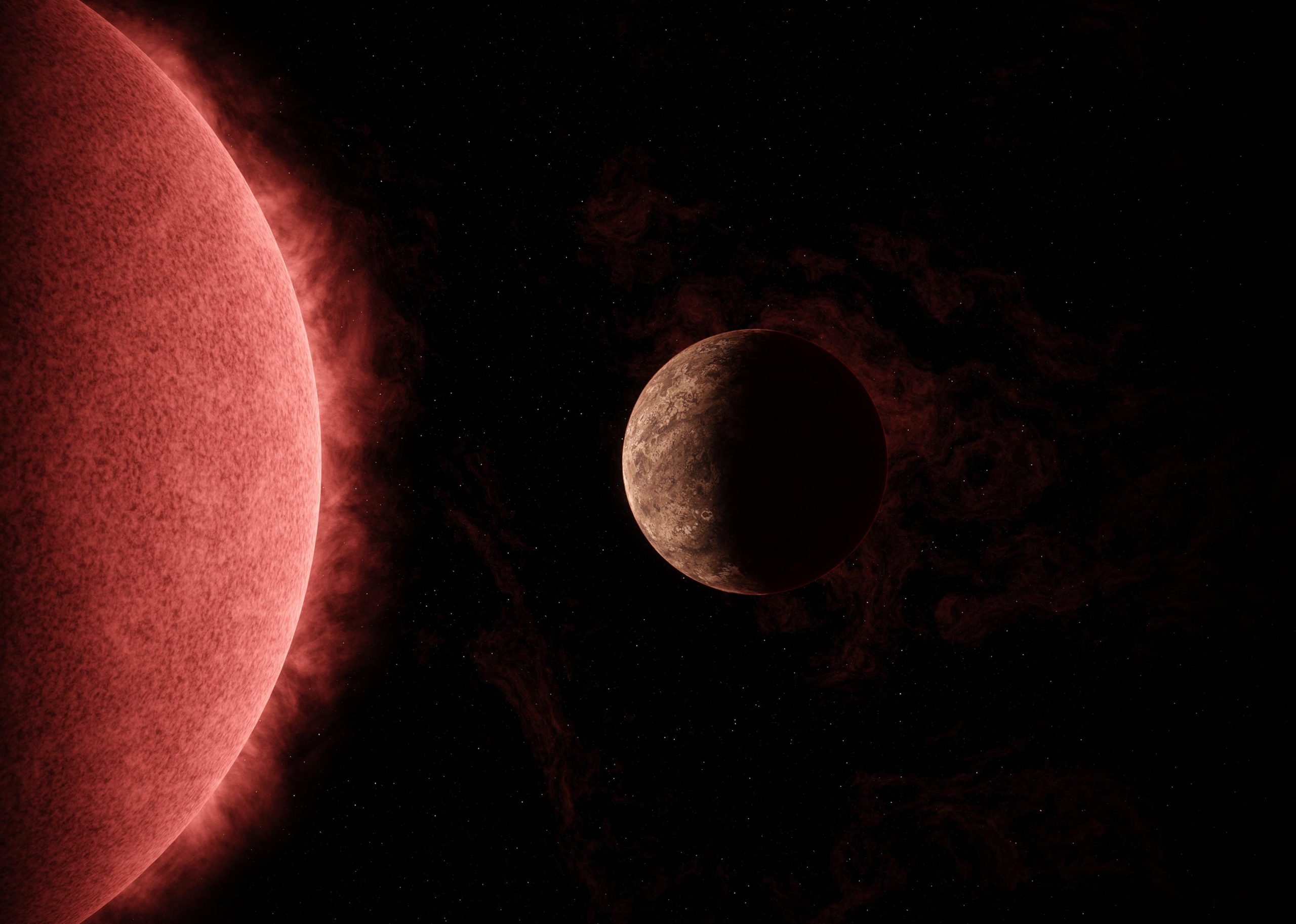
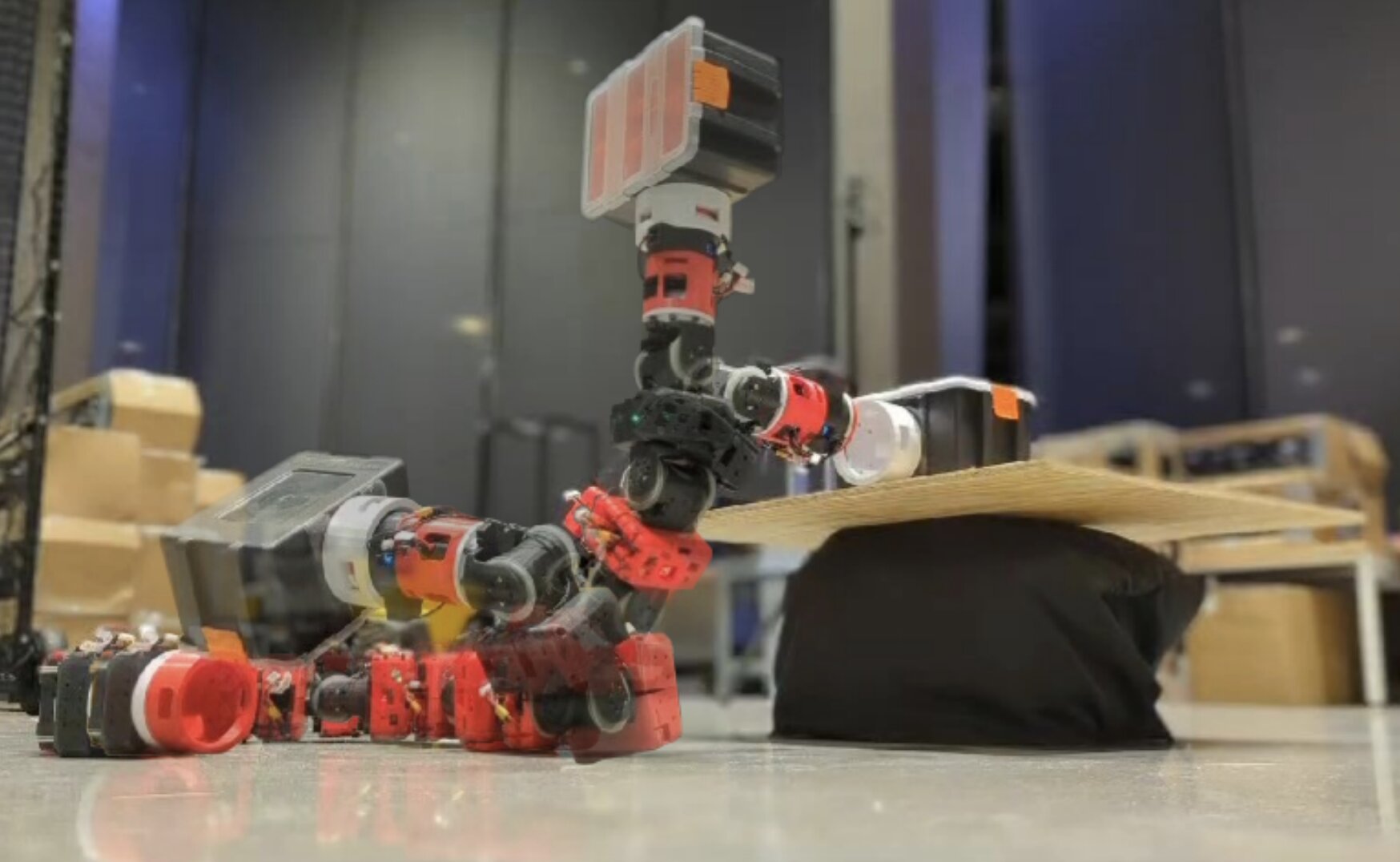

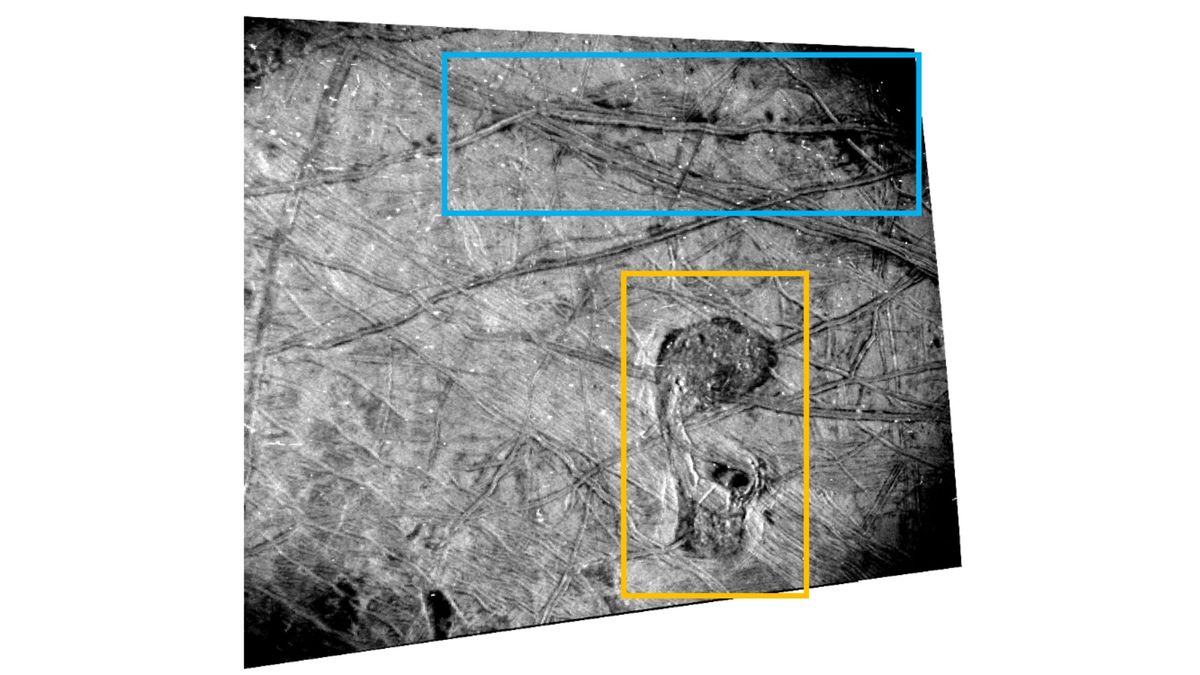


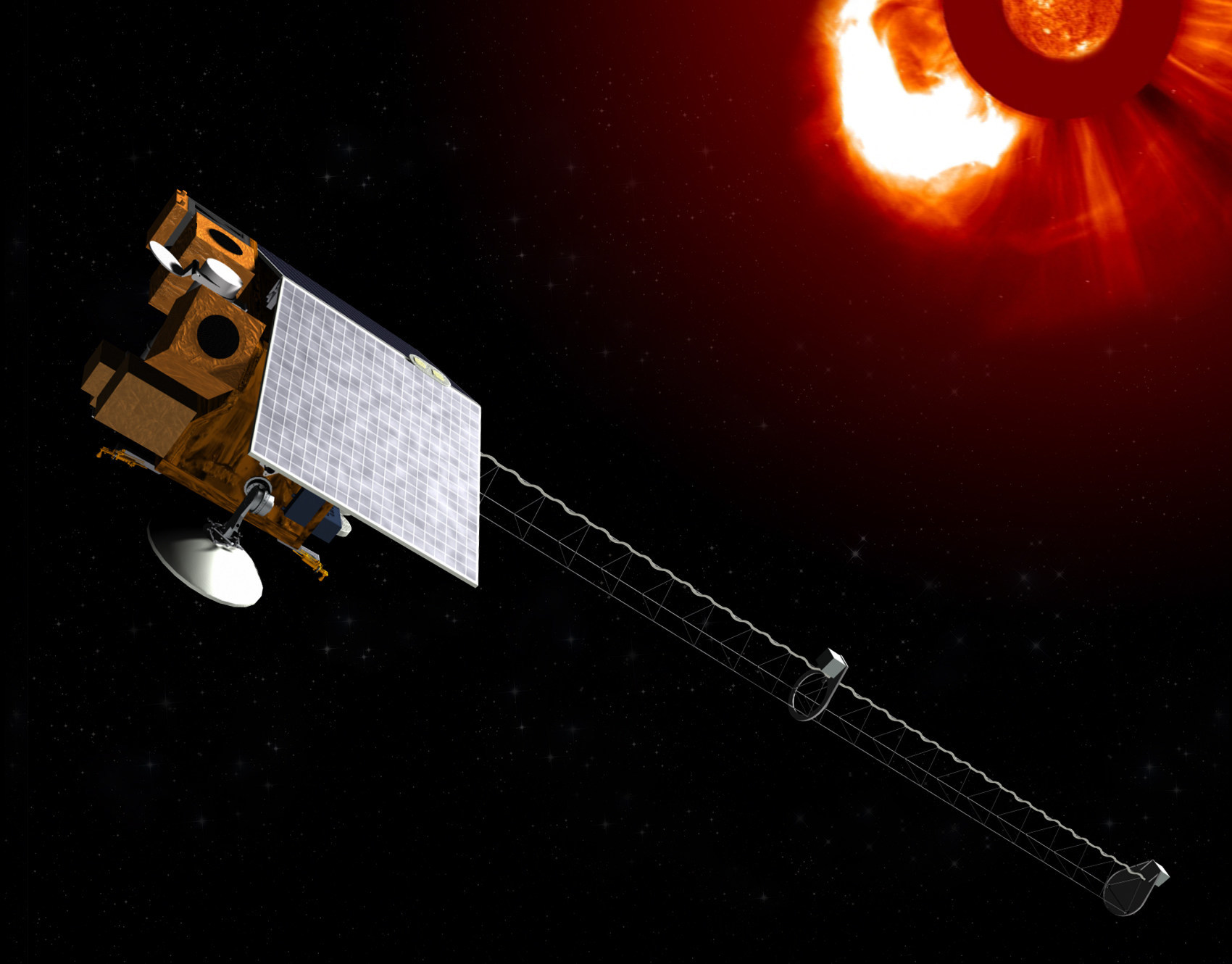
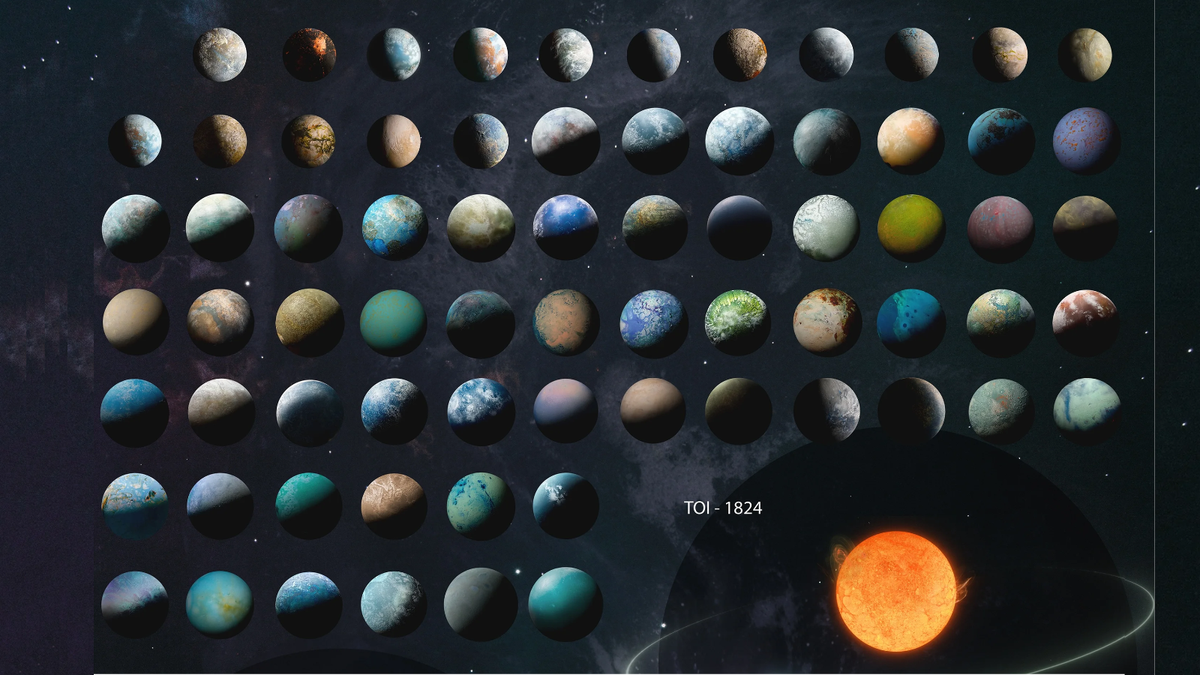
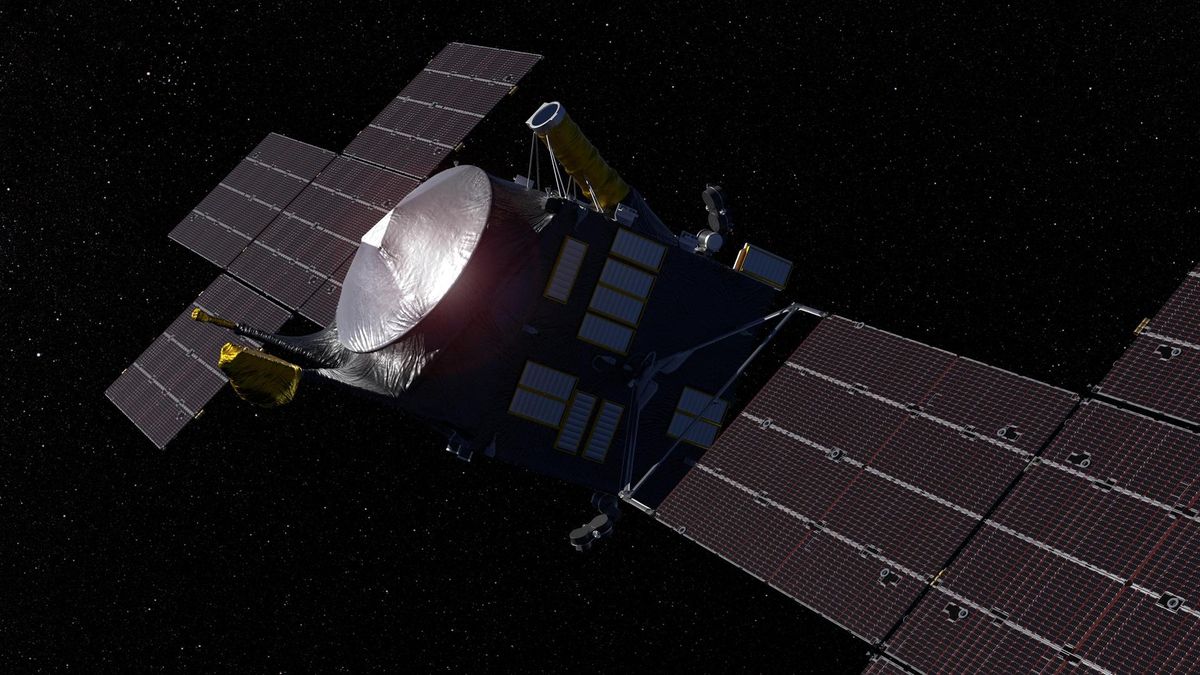
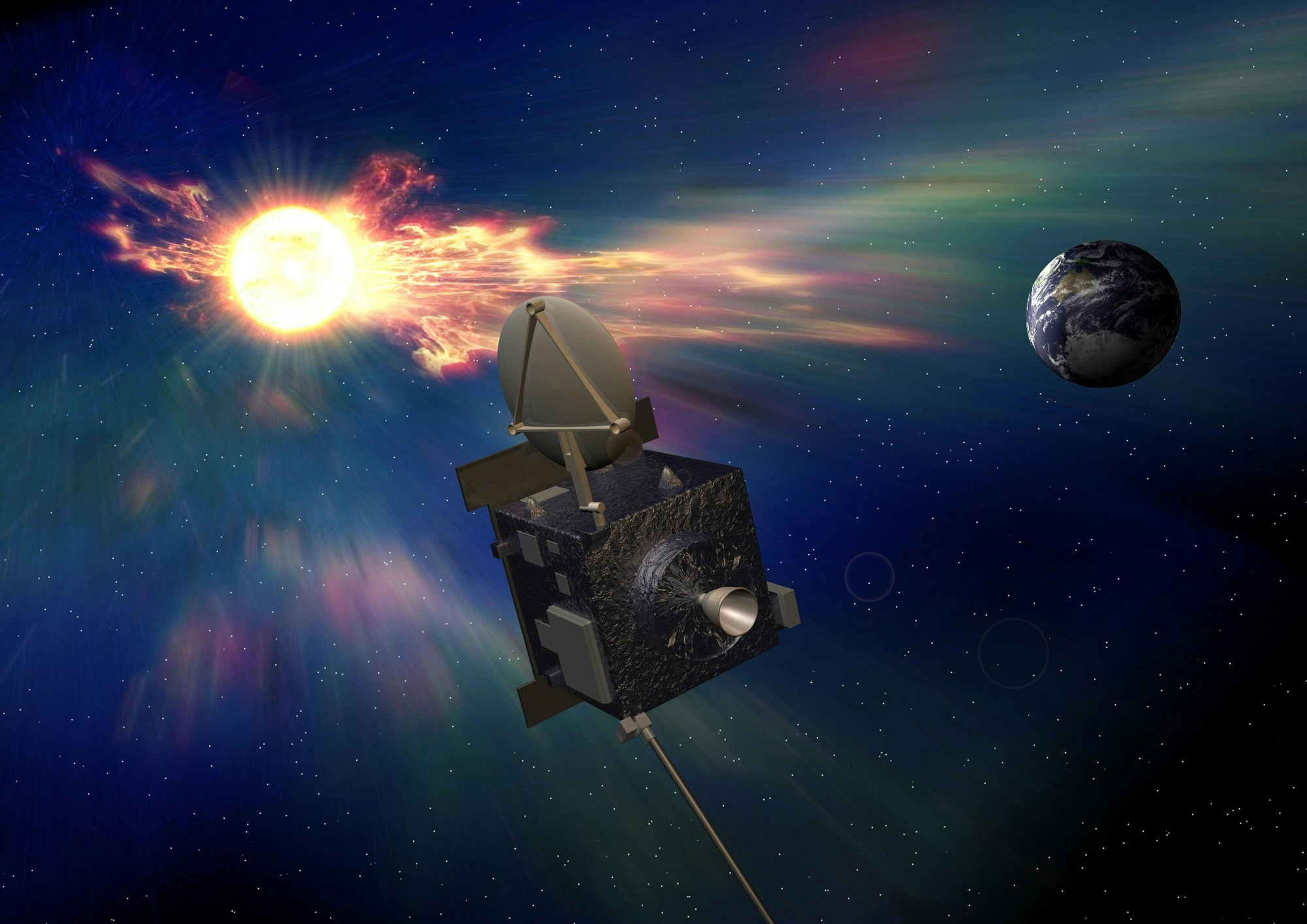


/https%3A%2F%2Ftf-cmsv2-smithsonianmag-media.s3.amazonaws.com%2Ffiler_public%2F03%2F9e%2F039e6fe8-6beb-47e0-8f10-65cd3b2f5781%2Fmain_46577295485_94943f56db_o_web.jpg)

